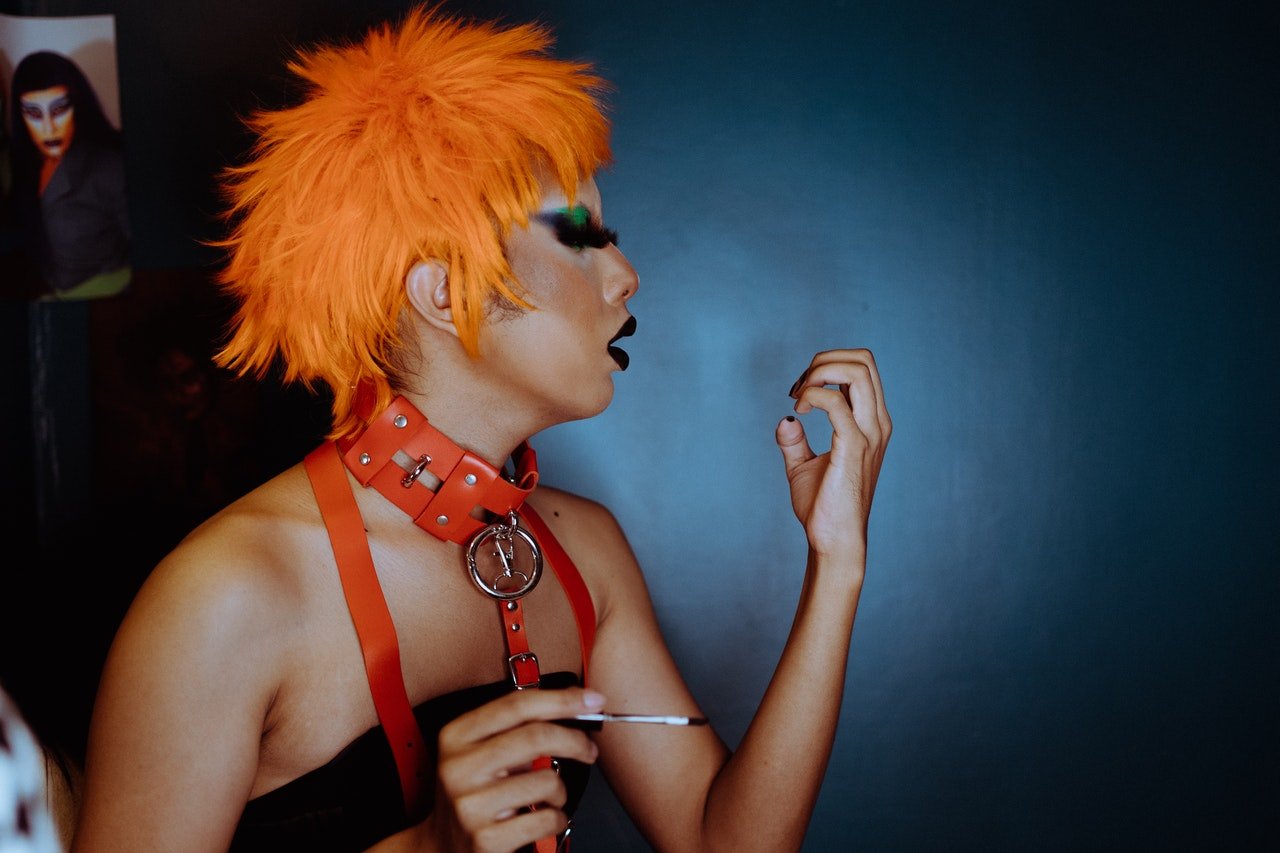The nails rarely crack or peel in those secret dreams, but the everyday world isn’t like that — or is it? UV gel manicures are amongst the most recent advancements in the fingernail improvement market. If you’ve not tried it yet, this technological marvel in nail paint genuinely stands the test of time. You can easily find a UV nail lamp in Australia.
So rather than lingering for your nail paints to rest among applications besides a spinning mini-fan (while coughing gently from all of the nail debris), a gel polish method involves ultraviolet (UV) radiation to polish your fingernails quickly. Using gel nails, devoting an afternoon torturing your manicure with a filing, buffering, and cuticles sticking session just to damage your new manicure by fumbling for your wallet is a lost art.
Why is it used?
The gel solution also creates a tough finish when exposed to UV light. Rather than a week to ten days without breaking, a UV gel nail polish may last up to four weeks. In addition, gel nails are unlikely to chip, flake, or rip. They might even expand to the point where they need to be touched up despite exhibiting any indications of wearing. That’s quite incredible.
UV nail drying lights are small tabletop devices that cure or “treat” artificial or gelatin nails and liquid polish. These gadgets are utilised in manicures and are available for purchase online. A UV nail lamp in Australia uses ultraviolet energy reflected by lights. Sunlamps, often known as “tanning beds,” are not the same as nail drying lights.
Although they produce radiation, the FDA classifies equipment often used dry (or “treat”) synthetic nails or manicures paint as consumer electronics.
How To Use It Appropriately?
Now you might think that in places like Australia, where the sun’s scorching heat already damages the skin enough, is the usage of UV nail lamps safe? Well, here are some instructions and information one should know. First, the FDA considers nail drying lights a minimal risk for use as recommended in the description. For instance, a body of research shows that thirty minutes of long term exposure with the worst-case light was within the airborne contaminants guidelines for Ultraviolet light, even while using the worst product. (Consider that such restrictions only pertain to healthy subjects; they do not belong for those that don’t have a disease that renders them more vulnerable to UV light.)
In Australia, there have been no complaints of injuries or cancer linked to such lights, according to the FDA.
Since you’re concerned more about the hazards of UV exposure, though, you should resist using these lights.
Who Should Not Use UV Lights?
You should avoid these lights if you’re using any pills or prescriptions that make you more susceptible to UV radiation. Certain medications, contraceptives, and estrogens—as well as supplements—are among these drugs.
Also, while using a UV nail lamp in Australia, erase any cosmetics, scents, and skin products (besides sunscreen!) since some of these might increase vulnerability to UV radiation.
Seek expert medical care advice if you have any queries about the use of manicure drying or UV lights.
If you ever do decide to utilise these products, you may cut down on UV exposure by doing the following:
- Sporting UV-absorbing mittens with only your fingernails exposed.
- Using a broad-spectrum sunblock with either an SPF of at least 15 or more (Because nail procedures may also include water contact, consider the sunscreen’s indicated guidelines for usage in these circumstances).
- Finally, recommendations for exposure duration are frequently included with nail drying lights. The quicker the contact, the lower the danger. When labelled instructions are provided, always obey them. Generally, these gadgets cannot be used for longer than 10 minutes a hand after every activity.
